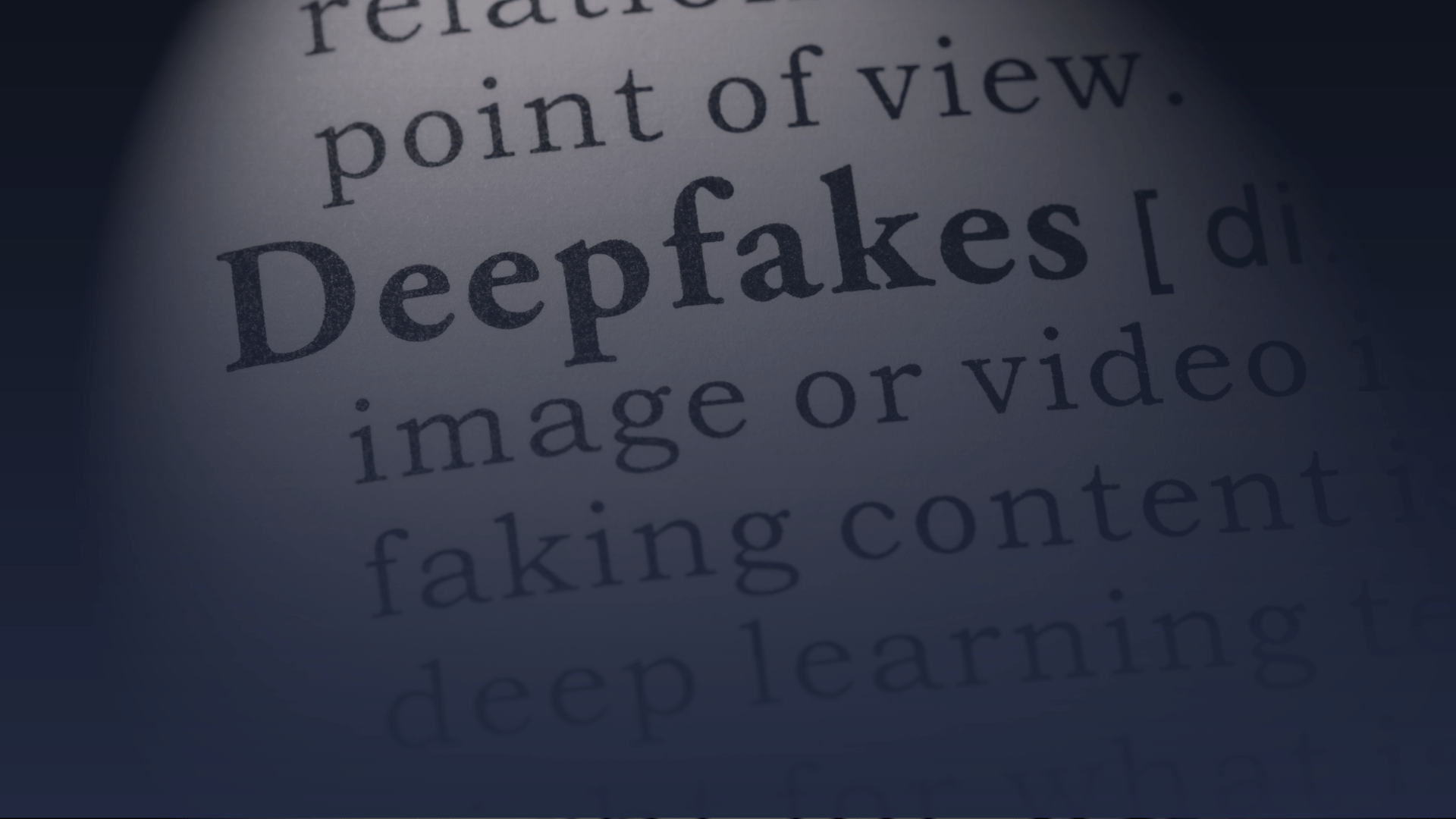In this digital age, the rise of artificial intelligence and machine learning has brought forth a powerful yet concerning technology called “Deepfakes.” As we embark on a journey through the realm of Deepfakes, we unravel the intricacies of this cutting-edge technology, its potential implications, and how it challenges the concept of truth and authenticity.
Deepfakes are synthetic media created using advanced algorithms that superimpose existing images, videos, or audio onto other sources. The term “Deepfake” is derived from “deep learning” and “fake,” representing the use of deep neural networks to generate highly realistic and manipulated content.
The Technology Behind Deepfakes
Deepfakes employ generative adversarial networks (GANs) – a class of machine learning systems that consist of two neural networks: the generator and the discriminator. The generator attempts to create fake content that resembles the target, while the discriminator aims to differentiate between real and fake data. As the two networks continuously compete, the results improve, leading to remarkably authentic looking deepfakes.
Potential Applications and Implications
While Deepfakes have gained popularity in the entertainment industry for creating fun and entertaining content, their potential applications also raise significant concerns:
-
Misinformation and Fake News
Deepfakes have the potential to propagate misinformation and amplify the spread of fake news. As these digital illusions become more indistinguishable from reality, discerning genuine information from fabricated content becomes increasingly challenging.
-
Political Manipulation
Deepfakes can be employed to manipulate political narratives and sway public opinion. Imagine a world where political figures appear to say or do things they never did – a reality that could have dire consequences on the democratic process.
-
Fraud and Cybersecurity Risks
In the realm of cybersecurity, Deepfakes pose significant risks. Criminals can use these AI-powered tools to bypass biometric authentication systems, leading to identity theft and unauthorized access to secure accounts.
-
Reputation Damage
Individuals and organizations could fall victim to reputational damage due to malicious Deepfake content. Celebrities, public figures, and businesses may find it challenging to recover from the effects of false and harmful content.
Combating Deepfakes: Solutions and Challenges
-
Deepfake Detection
As technology advances, so do the efforts to detect and combat Deepfakes. Researchers and tech companies are investing in advanced detection tools and algorithms to identify fraudulent content.
-
Digital Watermarking
Digital watermarking and forensic techniques can be applied to content to ensure its authenticity and trace its origin.
-
Legislation and Regulation
To address the challenges posed by Deepfakes, governments are exploring legal frameworks and regulations to curb their misuse.
The Ethical Debate
The rise of Deepfakes raises complex ethical questions. Should there be limitations on how this technology is used? How can society strike a balance between the benefits of AI and protecting against potential harm?
As we venture into the world of Deepfakes, it is crucial to remain vigilant and well-informed. While this technology offers exciting possibilities, we must be aware of its potential dangers. By promoting awareness, investing in detection measures, and implementing responsible use, we can navigate this digital illusion with caution and ensure a safer digital landscape for all.



